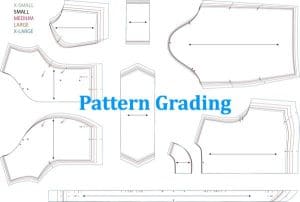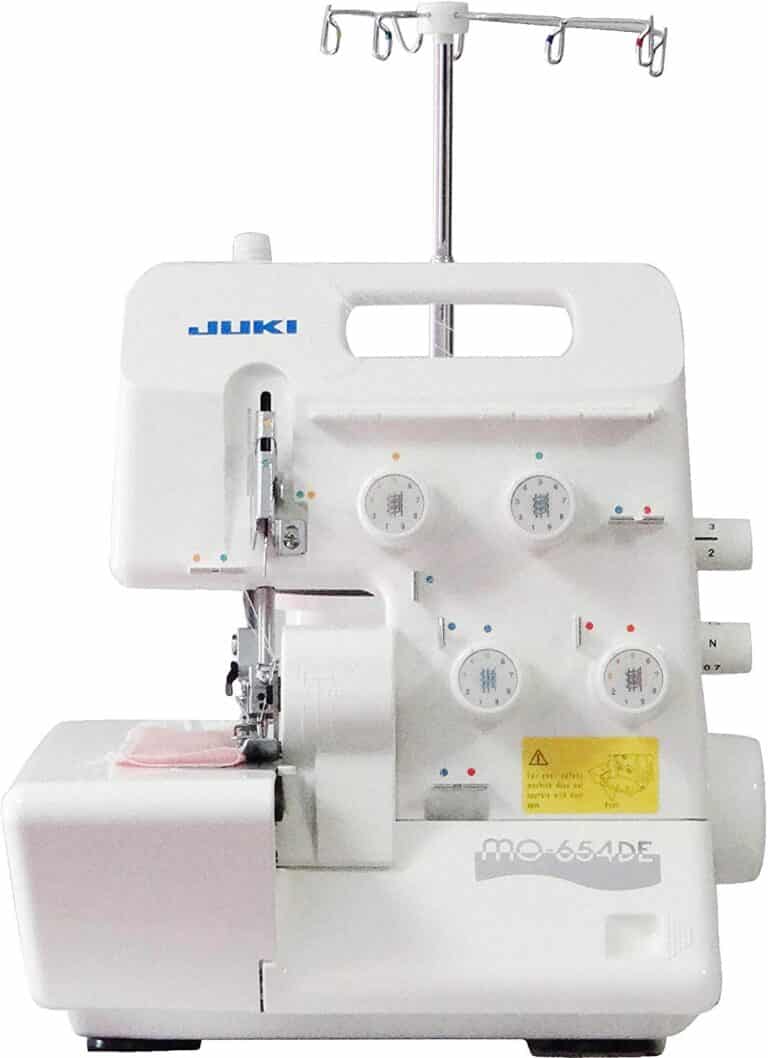What is Pattern Grading?
 If you’re new to sewing, the term pattern grading probably sounds like something that’s complicated and requires tons of measurements and various sewing tools, but once you have an understanding of the concept, it’s actually pretty easy; even if you’re just learning the ropes of your sewing machine. In fact, when you understand what pattern grading is, you might just be able to produce garments that rival the likes of some of the top fashion designers from your home-based sewing room.
If you’re new to sewing, the term pattern grading probably sounds like something that’s complicated and requires tons of measurements and various sewing tools, but once you have an understanding of the concept, it’s actually pretty easy; even if you’re just learning the ropes of your sewing machine. In fact, when you understand what pattern grading is, you might just be able to produce garments that rival the likes of some of the top fashion designers from your home-based sewing room.What is Pattern Grading?
The process of pattern grading allows you to decrease or increase the size of a sewing pattern without altering its fit, design, shape, scale, or any other basic elements; in other words, grading is the process of resizing a sewing pattern. For example, if you have a pattern that you love but you need it a little bit shorter or longer, pattern grading will allow you to achieve the right fit. It’s not often that you find a pattern that fits exactly like you want it to, and that’s exactly why this technique is so important for any sewer to learn. Once you grade a pattern, you can apply it to a sewing fabric to create a properly sized garment.
Pattern Grading Methods
To grade a pattern, you can use one of the three following methods:
- Cut-and-spread. The most basic method of pattern grading and the foundation of the other two pattern grading methods, cut-and-spread involves spreading the pieces of the pattern to the dimensions you need in order to size up, or overlapping the pieces of the pattern to the necessary dimensions in order to size down. All that’s needed for this method is a pencil, a sharp set of fabric scissors, and a fabric ruler that splits 1” to 1/64.
- Pattern shifting. This process allows you to increase the dimensions of a pattern by using a specialized ruler and shifting the distance left and right, as well as up and down. Once the dimensions have been increased, the outline of the pattern is redrawn.
- Computer grading. This is the most advanced method of pattern grading; it’s also the fastest. It requires specialized computer software, which handles all of the resizing and redrawing. Typically, it’s only used by manufacturers, as it tends to be expensive; however, the price of software that can be used in the home is becoming more affordable.
Are Pattern Grading and Alterations the Same?
At first glance, it’s might seem like pattern grading and altering a pattern are the same thing; however, they are different. While both do involve changing the size of a pattern, grading makes a pattern larger or smaller according to the average difference between sizes; alterations, on the other hand, involve making a pattern fit the specifics of a person’s body. In other words, grading only makes the pattern larger or smaller, but it doesn’t alter the shape; however, grading also takes accounts for the fact that legs, arms, chests, etc, decrease or increase as the size goes down or up.






